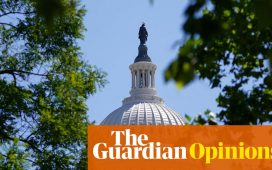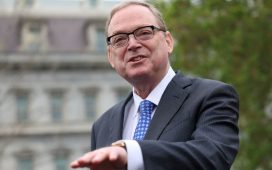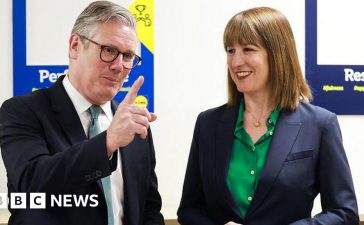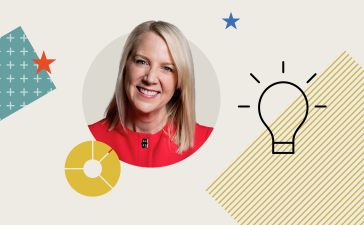Unlock the Editor’s Digest for free
Roula Khalaf, Editor of the FT, selects her favourite stories in this weekly newsletter.
The writer is former vice-chair of the Federal Reserve and global economic adviser at Pimco
With the first Federal Reserve rate cut now behind us, the conversation has shifted from “when” the central bank will start cutting rates to “where” rates are heading.
This transition is not just a matter of semantics. The level at which interest rates eventually settle matters to the entire economy. However, the discussion often too narrowly focuses on the neutral real Fed policy rate, known as R-star. This is the interest rate that neither stimulates nor restrains economic growth.
Think of it as the Goldilocks zone for interest rates — not too hot, not too cold — just perfect to maintain price stability and maximum employment once the economy has arrived there. While R-star is crucial for understanding how monetary policy will evolve in the coming years, estimates of it are imprecise. It is unobserved, varies over time and is driven by a myriad of forces both domestic and global.
Let’s take a look at what happened in 2018, when inflation was on target at 2 per cent and the economy was humming along at full employment. That year, the Fed raised the federal funds policy rate to 2.5 per cent. This translated to a real rate of 0.5 per cent, marking what many considered a “new neutral” for monetary policy.
In contrast, before the global financial crisis, the real policy rate averaged around 2 per cent, with the nominal funds rate hovering near 4 per cent. Fast forward to today and the Fed’s dot plot, a visual representation of policymakers’ interest rate projections, suggests a target for the funds rate of about 3 per cent once inflation stabilises at 2 per cent and the labour market is fully employed.
I concur with the view that the neutral policy rate will have likely increased from its pre-pandemic 0.5 per cent, but I think this increase will be modest. Others argue that neutral real rates may need to be significantly higher than the approximately 1 per cent projected by the Fed and currently reflected in financial markets. They cite a reversal of the factors that kept interest rates low before the pandemic and a concerning fiscal outlook for the US with rising deficits and debt. The US could also be on the brink of an AI-driven productivity boom, which might increase the demand for loans from US companies.
But which real neutral rates? There is, of course, an entire yield curve along which the Treasury and private sector borrowers issue, and historically that yield curve has a positive slope — rates increase over time to compensate investors for the risk of holding the debt longer. This is the so-called term premium.
Inversions — such as we’ve seen in the US curve until recently — are rare and are not the new normal. The US yield curve, relative to the “front end” rate set by the Fed, will adjust in the years ahead by steepening relative to the pre-pandemic experience to bring the demand for US fixed income into balance with the gusher of supply. This is because bond investors will need to earn a higher term premium to absorb the debt offerings that will continue to flood the market.
As with R-star itself, the term premium is unobserved and must be inferred from noisy macro and market data. There are two ways to do this. The first is to use surveys of market participants to estimate the expected average federal funds fed policy rate over the next 10 years and to compare that estimate with the observed yield on a 10-year Treasury. In the most recent survey available, the implied term premium using this approach is estimated to be 0.85 percentage points.
The second way to estimate the term premium is to use a statistical model of the yield curve, and this method delivers a current estimate of about zero. I myself prefer the approach that relies on surveys of market participants, and the belief that the term xpremium at present is positive and will probably increase from here.
Given the vast and growing supply of bonds markets must absorb in coming years, rates will probably be higher than they were in the years before the pandemic. But I believe most of the required adjustment will occur through the slope of the yield curve and not so much from a much higher destination for the fed funds rate itself.
If the view is correct, it augurs well for fixed income investors. They will be rewarded for bearing interest rate risk in good times and will also benefit from the hedging value of bonds in their portfolio when the economy weakens. Rates will then have more room to fall and thus for bond prices to rise.








